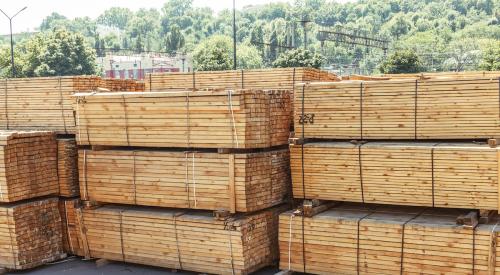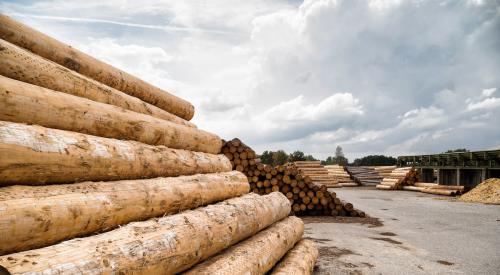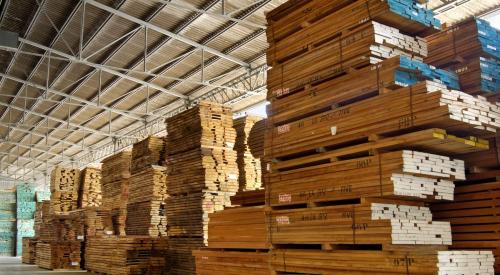After two months of continuous price drops, lumber costs are now down 0.6% from 2021’s starting price. Lumber futures for September dropped 5.6% down to $712.90 per thousand board feet, more than $1,000 less compared to the record high of $1,730 in May. Business Insider says the causing factors could be less home improvement activity and lumber mills ramping up production. Instead of spending cash on a deck project, for example, loosening COVID-19 restrictions are allowing homeowners to spend again on dining out and haircuts.
Sky-high prices have also cooled demand in sectors like housing and caused producers to increase their supply.
The drop in lumber adds credence "to the age-old admonition that 'the best cure for higher prices is higher prices'", Oppenheimer Asset Management analysts said in a recent note.
Falling lumber prices have also helped calm investors' nerves about inflation. The governor of the Bank of England pointed to lumber as an example of why sharp price rises across the economy ought to fade, saying in June: "There are plenty of stories of supply-chain constraints on commodities and transport bottlenecks, much of which ought to be temporary."
Yet many experts think lumber prices are likely to remain higher than their historical average over the last three decades of around $200 to $400.
Stinson Dean, CEO and founder of Deacon Trading, which trades lumber, told Insider in June supply and demand are normalizing and reaching an equilibrium.
"My argument is the 'new normal' is going to be significantly higher than the 'old normal'," he said.













